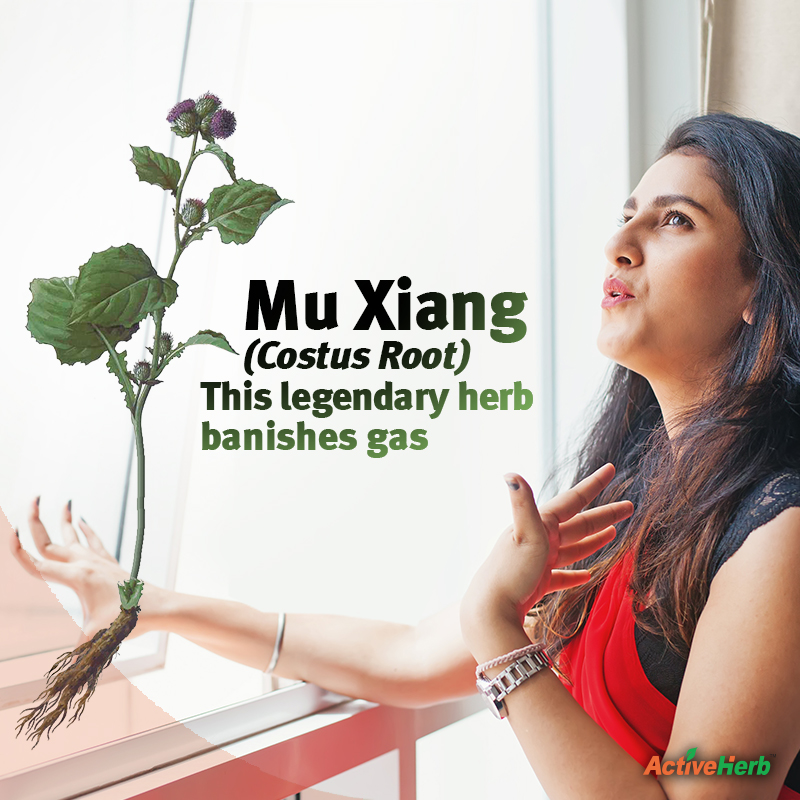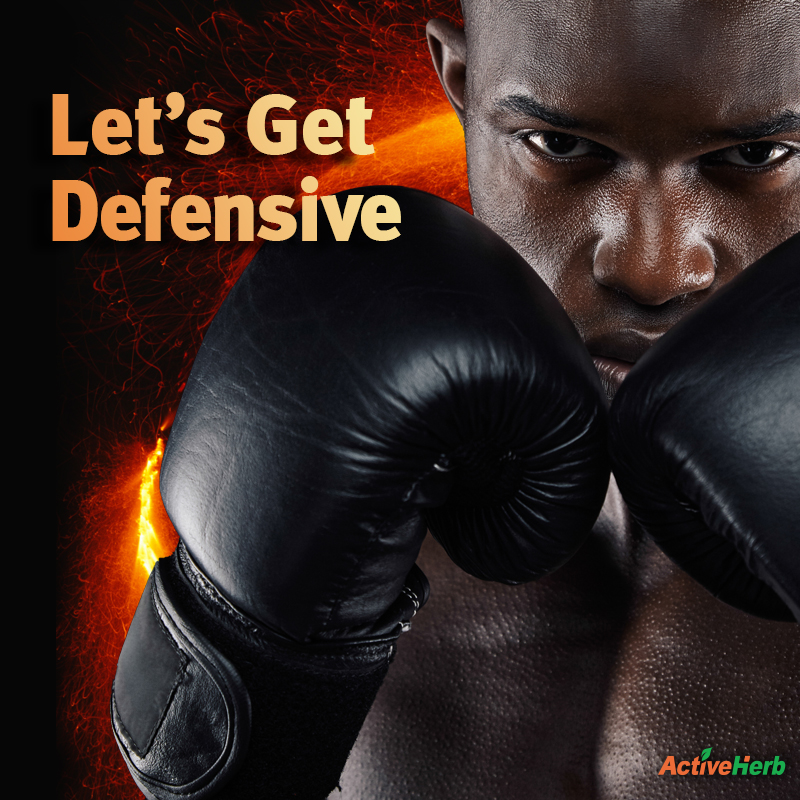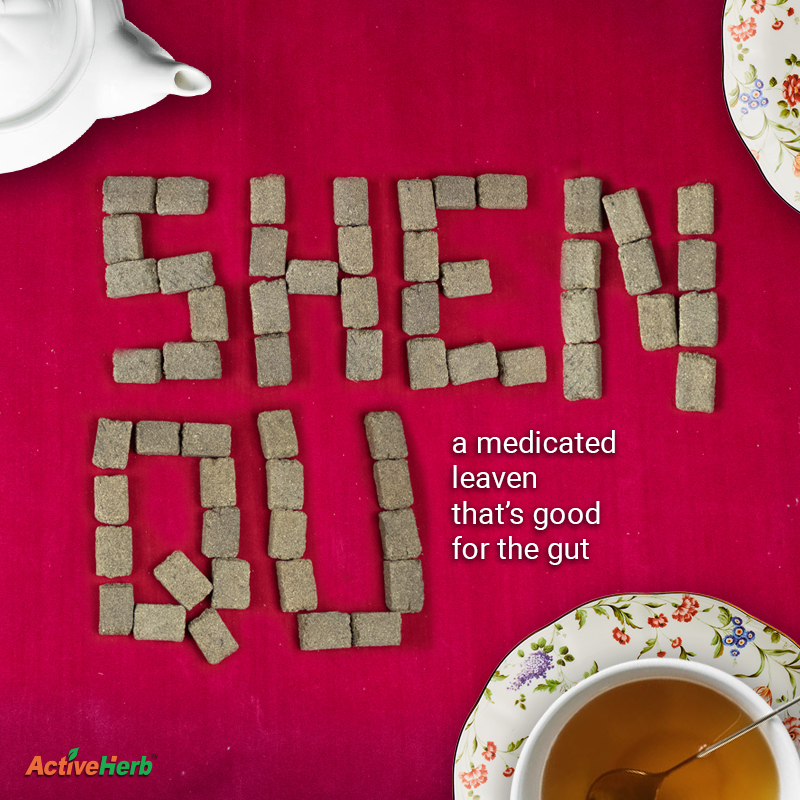Bouncing: Doing What Tiggers Do Best

What is a Tigger?
Tigger is a fictional tiger character originally introduced to English literature in A. A. Milne’s book The House on Pooh Corner. Tigger is most widely recognized, as reinterpreted by the Disney studios, with distinctive orange and black stripes, large eyes, a long chin, a springy tail, and is clearly discernible from other characters in the book by his love of bouncing. As Tigger proclaims himself, “Bouncing is what Tiggers do best!”
I like to use the association with this popular fictional character so that people will remember something very important. It creates a unique association between something memorable and fun, and… something that is healthy for them to do.
In nature animals, particularly mammals, jump, run, swing, hang for daily survival. This jumping and frolicking to and fro serves another vital purpose aside from enhancing survival skills.
The ancient Chinese carefully examined these concepts centuries ago and in the 13th century devised specific exercises, mimicking animals, to enhance the function of the internal organs. These exercises became widely known as the Five Animal Frolics (Wu Qin Xi). The ideals behind the practice of Wu Qin Xi were to move the body in ways that most people don’t ordinarily move to promote the movement of qi and blood to prevent illness.
According to TCM principles, Wu Xing (5 Element theory) there exists a physical connection and energetic connection between internal organs. This theory can be used to describe the movement and the relationship between different natural elements and phenomena occurring spontaneously within the human body.
In the scientific community, all organ systems are connected- anatomically. Systems include cardiovascular system, muscular system, skeletal system, nervous system, and so on.
As far as basic movement is concerned, the diaphragm plays an integral role in the movement of all other organs. The diaphragm contracts in conjunction with inhalation approximately 25,000 times daily. With each inhalation the liver moves correspondingly and causes the kidneys to move some 2.5 to 3 cm. Thus, the kidneys move some 600-700m per day! All internal organs are suspended by structures within the peritoneal cavity which require proper nutrition and constant stimulation in order to maintain their pliability and optimal functionality. In other words, the organs don’t just sit piled on top of each other as though they were chucked into a bucket.
What happens when human beings don’t bounce?
No matter how you look at it, if all organs are not properly mobilized to induce their proper function, illness will inevitably result. Given the sedentary nature of the vast majority of adults, internal organs are void of sufficient stimulation. As a result, blood and fluids congeal and provide areas for disorders to develop.
The complicated nature of the original Wu Qin Xi exercises makes it difficult for individuals of modern times to practically apply due to time limitations demanded of a fast paced society and the sedentary habits of most individuals. So, I support a simplified regimen to take the place of these exercises that can be practically applied by anyone to achieve very similar health benefits to those expected to ensure longevity in ancient times. The regimen consists, quite simply of- bouncing.
The main goal is the same; moving and stretching the support mechanisms of the internal organs. Bouncing is a much simpler exercise which can be practically applied to the average person.
Vertical bouncing associated with running and jumping provides necessary stimulation to vital organs. If running and jumping are beyond one’s capabilities, one alternative is bouncing in a stationary position or, on a mini trampoline for just a few minutes per day. This activity provides a subtle massage to the most important parts of the body– the inside; areas where massage therapists and medical doctors cannot reach!
Every experienced practitioner of the internal martial arts exalts the health benefits associated with bouncing.
For pregnant women and those individuals with prolapsed organs (bladder, uterus, etc.) bouncing is NOT a recommended therapy! Consult your local Chinese Medicine practitioner for alternative therapies.






